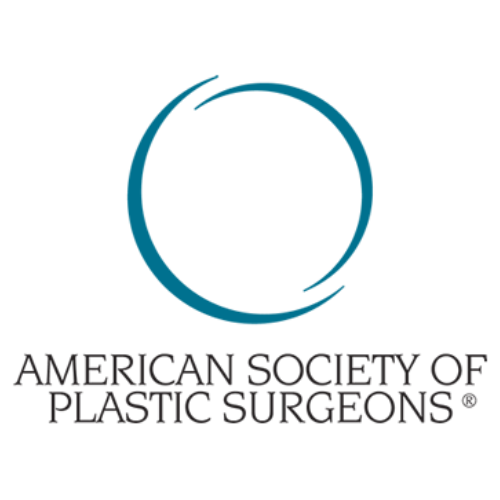Since the PIP prosthesis scandal, many patients are looking for an alternative to prosthesis placement technique, as evidenced by the numerous letters I receive asking if I perform macrolane injections or lipofilling for breast augmentations.
Breast Augmentation by Hyaluronic Acid The augmentation is limited to a few centimeters only. The numerous disadvantages (pain, microcalcifications ...) led to its prohibition for breast augmentation.
Breast Augmentation by Lipofilling For reminder, lipofilling is a technique of autologous fat tissue transfer, meaning that in the same patient, fat is taken from a site where it is abundant (e.g. hips, belly) to another site (e.g. the face). Lipofilling has the advantage of inducing no inflammatory reaction, it is widely used as a filling method for the face, buttocks, legs... but can it be used for breast augmentations?
For a long time, this technique was avoided because the breast being the organ most exposed to cancer in women, fat injection can cause microcalcifications difficult to differentiate from breast cancer microcalcifications; Advancements in radiology have made it possible to differentiate microcalcifications due to lipofilling from those due to cancer, thus reviving interest in the use of lipofilling in breast augmentations. However, the risks of confusion with radiological images have not all been formally ruled out. If your choice is lipofilling technique, the following precautions should be respected.
Interview for family history of cancer. Thorough physical examination of the breasts for lesions. The patient should have an ultrasound with mammography before the procedure and sometimes an MRI to rule out any suspicious lesion in the breast. Periodic radiological control is essential after the procedure and do not hesitate to have an MRI at the slightest doubt. Limits of Lipofilling for Breast Augmentation This technique does not dramatically increase breast volume as many patients wish. The augmentation rarely exceeds two cup sizes. The patient must have appreciable fatty areas for fat harvesting. It sometimes requires 2 to 3 sessions of re-injections. Results can be appreciated after 6 months. Disadvantages of this technique Microcalcifications, nodules, fatty cysts may appear, which a radiological examination can differentiate from cancerous microcalcifications, however, in some cases a degree of confusion persists.
The best indications for lipofilling in breast augmentations: Very moderate breast augmentations. Moderate ptoses Moderate breast inequalities The best indication remains that of breast reconstructions after total mastectomies (breast removal). Certain congenital breast malformations. To refine the results of breast prostheses Contraindications of lipofilling in breast augmentations Small breasts Thin women When there are suspicious radiological lesions In high-risk patients (family history, dubious morphological assessment ACR3) In case of partial mastectomy. Recent reservations on the use of lipofilling in breast augmentations. The technique, although validated since November 2011 in France by the French Society of Plastic Reconstructive and Aesthetic Surgery, has received some reservations since. The absence of a carcinogenic effect of the injected fat cells is not formally ruled out. Difficulties for the clinical and radiological screening of breast cancers are not ruled out after lipofilling; Caution in indications and monitoring. Strictly follow the recommendations in high-risk cancer patients; Contraindication in partial mastectomies CONCLUSION: The patient must be well informed about this technique and the aforementioned reservations. Lipofilling for breast augmentation does not replace in most cases the prosthesis placement technique. Lipofilling should be performed by a competent plastic surgeon, experienced in other breast augmentation techniques. Radiological controls will be carried out by a radiologist accustomed to this technique.


